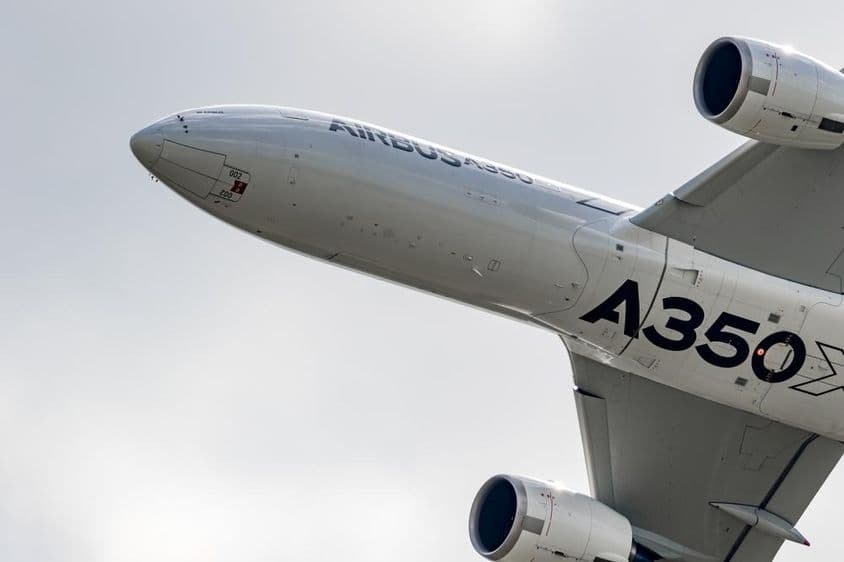Emirates A350 Delay: Impact and Future Prospects

Emirates Faces Delays with First Airbus A350: What It Means for Passengers?
Emirates, the world's largest long-haul airline, has again been forced to delay the delivery of its first Airbus A350-900 aircraft. The current expectations are for the delivery to take place in the first week of December 2024. This model's handover has been postponed multiple times this year, impacting not only the airline's plans but also potentially affecting passenger comfort and Emirates' expansion plans. The inaugural A350 flight could thus be scheduled for mid-January 2025, creating significant excitement and anticipation among aviation enthusiasts and Emirates loyal customers.
Why is the Airbus A350-900 so special?
The Emirates fleet already includes numerous modern and comfortable aircraft, but the Airbus A350-900 stands out for its advanced technologies and environmentally friendly solutions. Emirates has ordered a total of 65 A350-900s to expand its fleet and enhance efficiency for long-haul operations. The A350 provides a new level of flight experience: it is particularly quiet, energy-efficient, and offers a pleasant onboard environment that reduces travel fatigue. This aircraft is especially popular with passengers who spend long hours onboard, as its advanced air conditioning system and lower cabin altitude improve the travel experience.
What caused the delay?
The primary cause of the delays has been disruptions in Airbus's production and delivery schedules, affecting the entire industry. Airbus is facing delays with several airlines due to the time required for manufacturing and final testing of new-generation aircraft, which is longer than initially expected. It is crucial for Emirates that every new aircraft meets the highest quality and safety standards, so they cannot rush the delivery process.
The anticipated time for demonstration flight and first routes
Emirates announced in March that the first A350 flights will initially operate on routes from the United Arab Emirates' hub. The demonstration flight is expected in December 2024, providing an opportunity for the public and aviation experts to familiarize themselves with the aircraft and experience its unique features. The first official passenger flights are planned to start in mid-January 2025, allowing Emirates’ loyal customers and those eager for a new travel experience to look forward to the new routes with excitement.
How does this impact the airline's plans?
Emirates has been nurturing significant expansion plans for the near future, particularly in Asian and North American markets, and the introduction of the A350 fleet plays a key role in achieving these goals. However, due to the delay, the airline may need to reschedule the introduction or expansion of certain routes. The company aims to mitigate the impact of the delay by utilizing and optimizing its existing fleet while ensuring passengers experience the same level of quality and comfort as expected.
The future of Emirates and aviation
The introduction of the A350 fleet is not just another development for Emirates but a crucial step towards making aviation more sustainable. The fuel efficiency of the new-generation aircraft results in significant cost reduction and lower carbon emissions, contributing to more sustainable air travel in the long term. The airline's goal is to keep pace with technological advancements and meet passenger expectations while reducing its ecological footprint.
Closing thoughts
Although the Emirates A350 project is facing a delay, it still marks the beginning of a new era for both the airline and its passengers. The new aircraft is expected to make travel more comfortable and environmentally friendly while enabling the airline to maintain its leading position in long-haul aviation. The demonstration flight and the launch of the first official routes will be a significant milestone both for Emirates and for international aviation.
If you find any errors on this page, please let us know via email.


